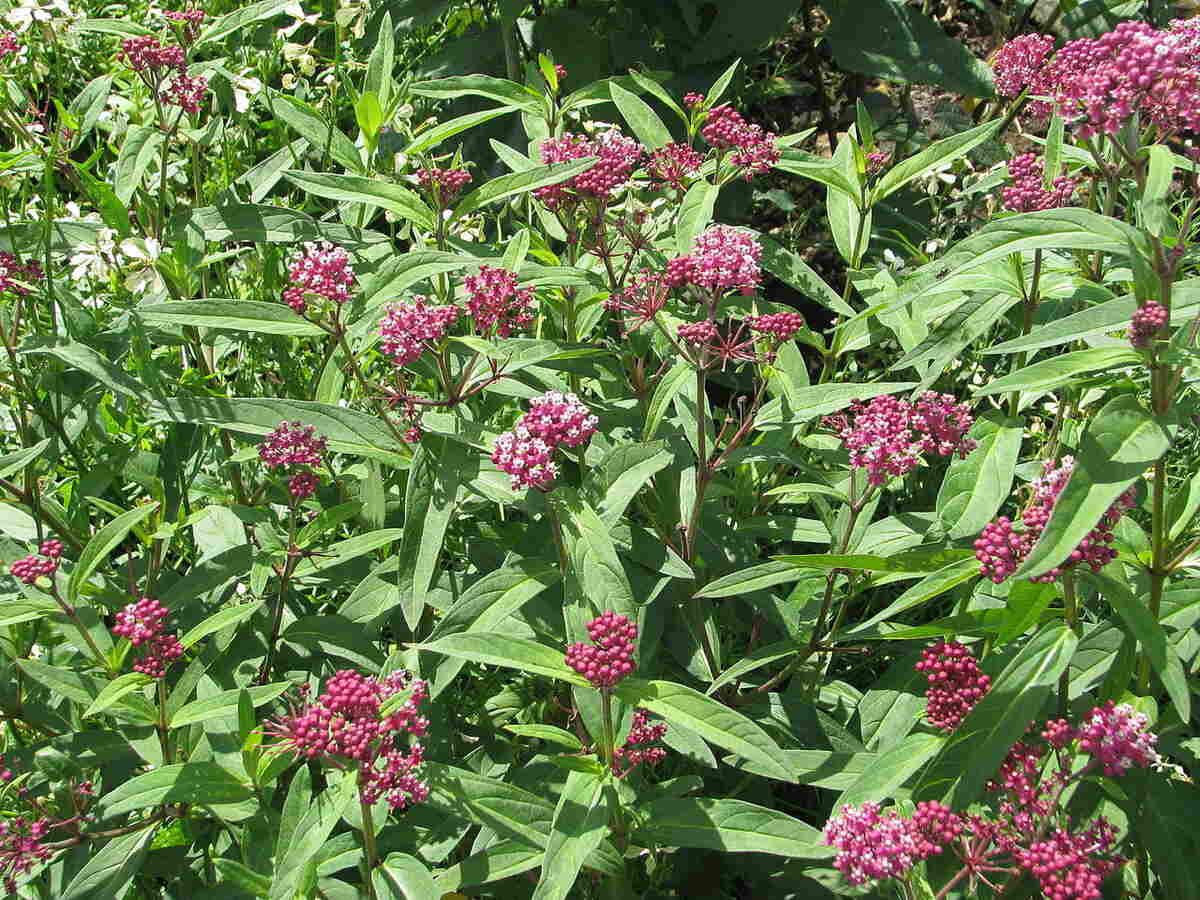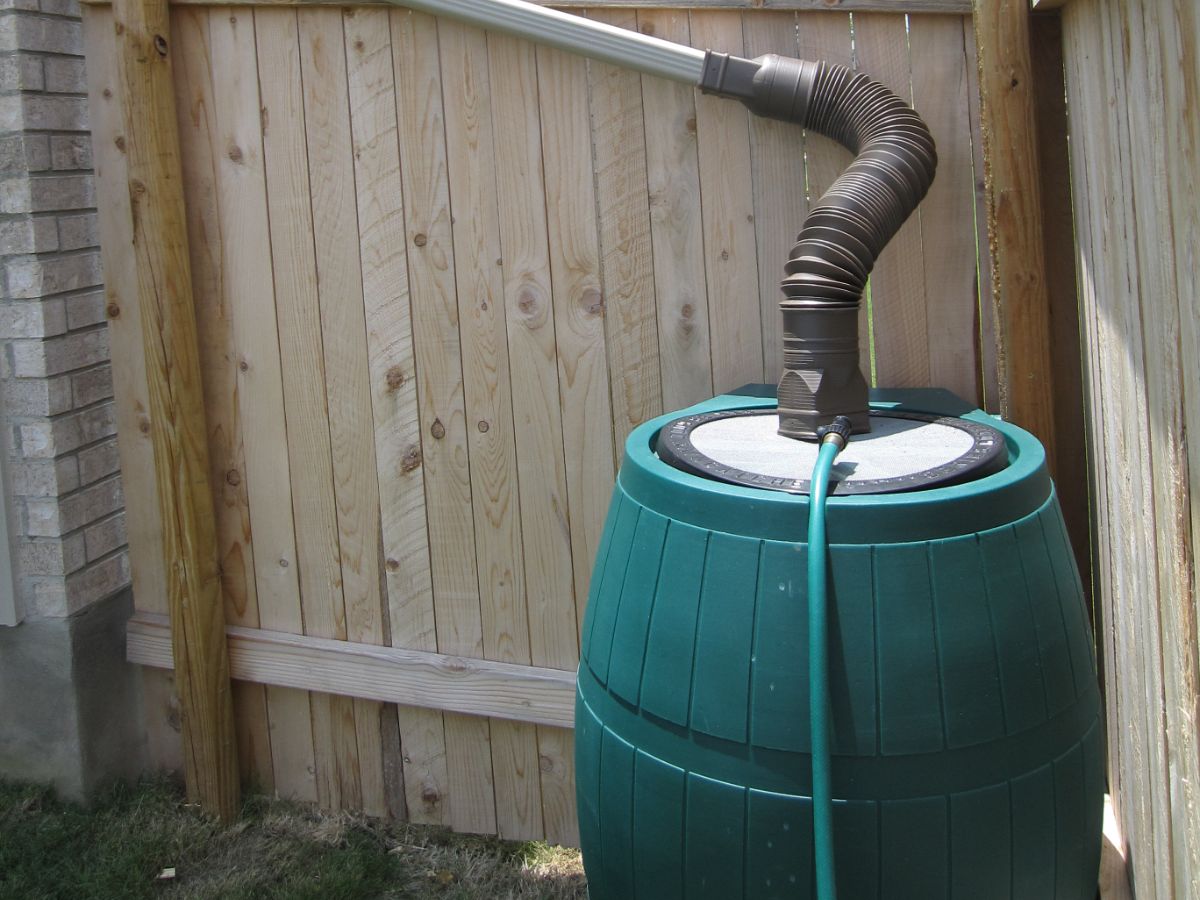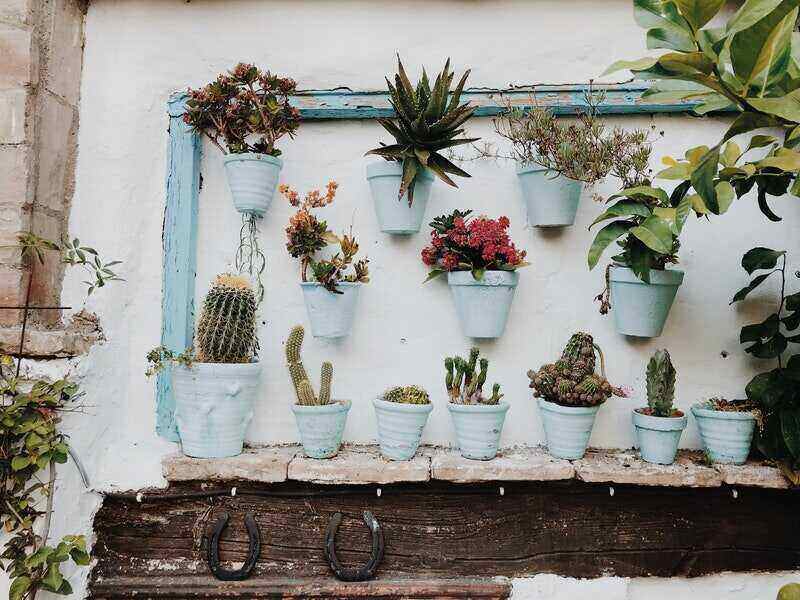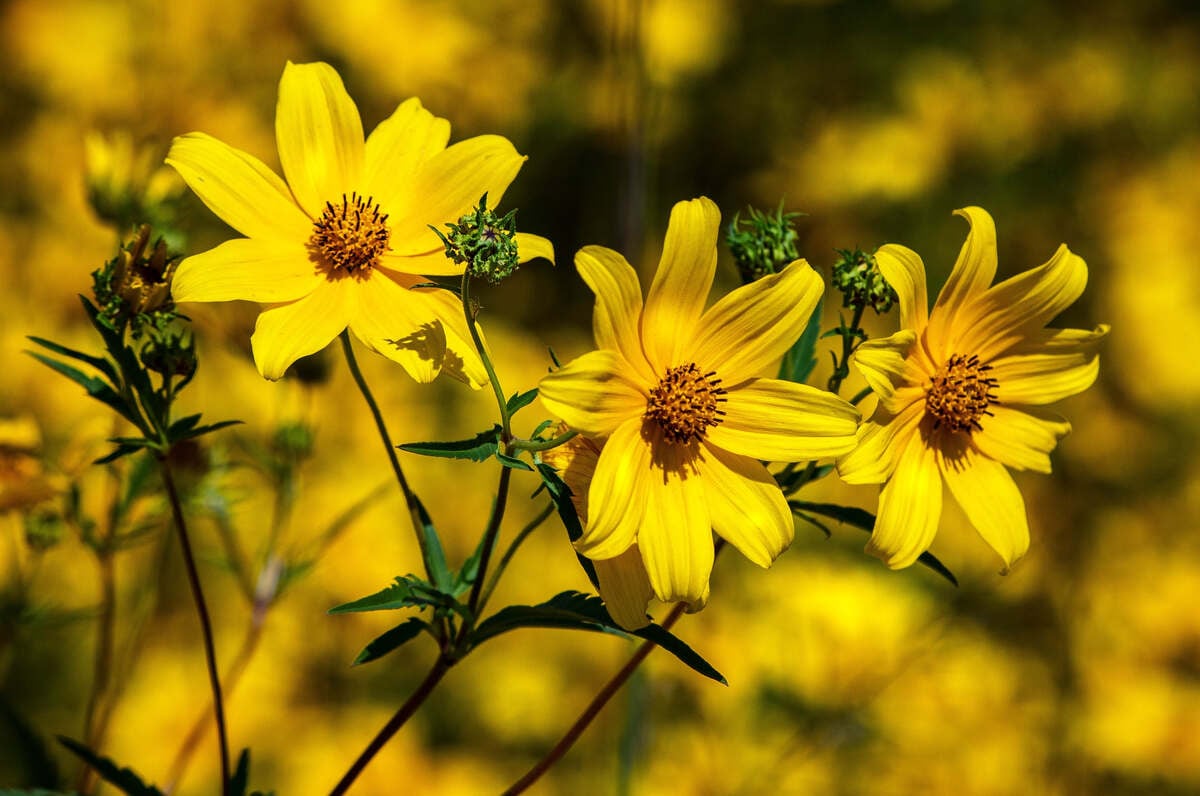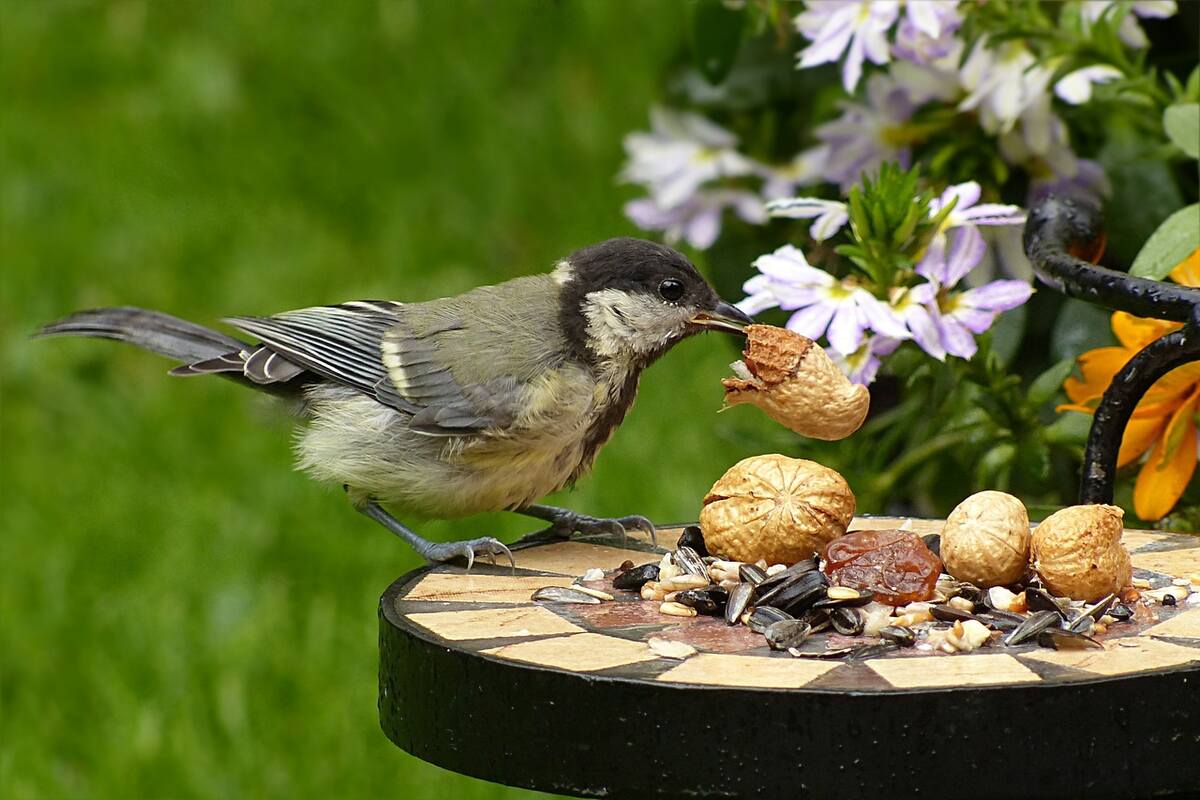
Ahhh, Orlando! It’s the happiest place on Earth—or at least home to the world’s most famous mouse. But with so much urban expansion, many real-life creatures have been pushed out of their natural habitats. Knowing how to landscape for wildlife in Orlando can help you bring back that balance and ensure native wildlife get the food, shelter, and rest they need.
With that in mind, let’s dive into the basics of creating a backyard paradise for all creatures, great and small.
Why it’s Important to Landscape for Beneficial Wildlife
Sure, alligators may not be the most welcome of wildlife at your home – and please don’t get us started on those pesky mosquitoes. But there are plenty of other creatures in the area that can actually be beneficial to your lawn and garden.
Think butterflies, ladybugs, lacewings, birds, and even frogs! Not only do they add beauty and wonder to the natural environment, but they also help keep away pests and pollinate your plants. So when you create a pleasant playground for these animals, everyone wins.
Wildlife You Can Attract to Your Garden in Orlando
Your backyard wildlife habitat in Orlando can house insects, pest predators, pollinators, birds, frogs, and more. Let’s break it down a bit further:
Insects: Local butterflies, such as monarchs and giant swallowtails, will beautify your garden by pollinating your plants. Predators like ladybugs, lacewings, praying mantises, and spiders will keep pesky pests (including mosquitoes) away. And don’t forget bees – they’re essential to the food chain, and they need your help now more than ever!
Birds: Birds are excellent at pest control. Cardinals, hummingbirds, and hawks patrol the skies to protect against rodents. Owls offer some hoots and ‘hellos’, while purple martins use their aerial acrobatics to catch flying pests, and the pileated woodpecker makes a great dinner guest by plucking ants and other insects out of your trees.
Frogs: These amphibious fellas keep the mosquito population in check, and their night-time serenades are a beautiful outdoor lullaby.
Larger animals: Squirrels, foxes, and possums will show up to enjoy the fruits of your lawn labor. They won’t be living on your property, but they can provide some amazing entertainment when they visit. They can also help to control insects and other small pests on your property.
Now, the question is how to get these critters to call your neck of the woods home. Before you start planting and building, remember these tips for Central Florida wildlife-friendly landscaping.
10 Tips for Landscaping for Wildlife in Orlando
Whether you’re an avid gardener or a green thumb-challenged novice, here are our top ten tips for helping the native wildlife in your backyard:
1. Limit the Amount of Turfgrass
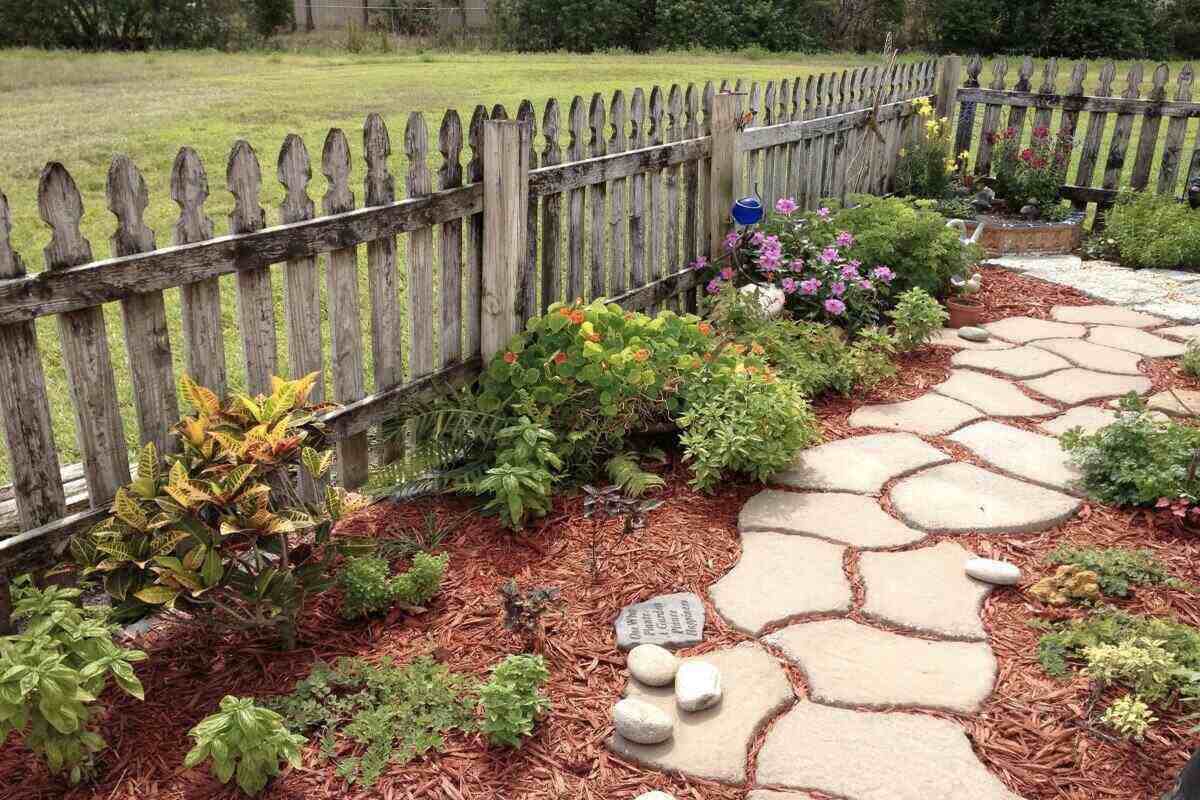
Have you ever looked out and thought, “Wow, that’s a lot of turf?” We’re not judging! But it is important to remember that too much grass doesn’t do wildlife any favors. In fact, turf acts like concrete for animals – providing no food and no shelter. Instead, consider using groundcovers and wildflowers to provide sources of food and shelter for wildlife.
With or without the help of a professional landscaper, you can set up mini-gardens full of native plants that look picture-perfect while providing a useful habitat for native wildlife to benefit from.
2. Use Native Plants – Skip Exotics
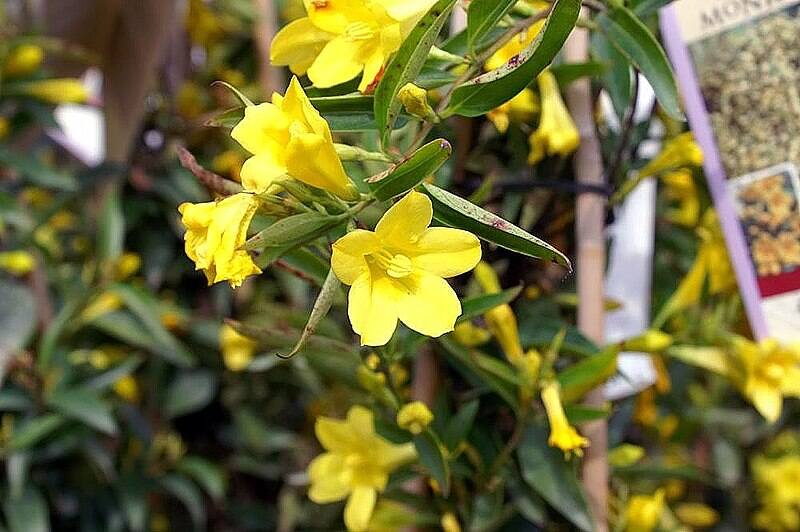
The phrase “if you can’t beat ’em, join ’em” applies here too! Just as you should stick to the local landscape and limits of lush Florida grass, you should also choose only native plants that are well-suited to Central Florida living.
Invasive non-native plants might look prettier at the store, but they will make starring roles in wreaking havoc on local plant life. And a single plant can’t carry an entire ecosystem. Planting a variety of species at different heights can help draw wildlife to your garden and add some extra visual interest for you, too.
Whether you choose American beautyberry, Carolina jessamine, or even a white fringe tree, it’s worth the effort to find out which local plants will naturally benefit your outdoor oasis. Plus, a low-maintenance landscape design featuring native plants can help reduce the amount of chemicals and water needed to keep them alive throughout the hot summers.
3. Add Water Features
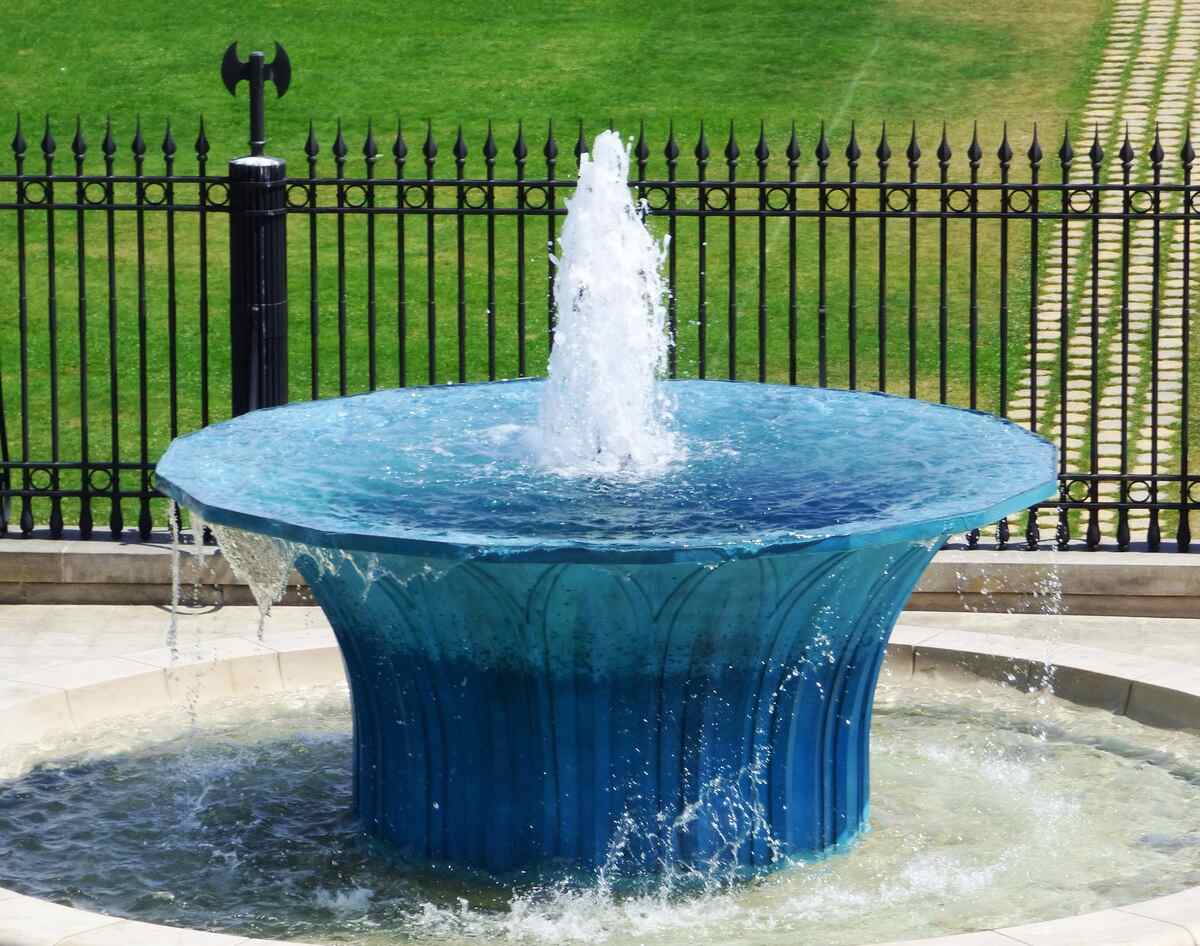
Nobody likes going thirsty—including your friendly neighborhood animals. Having a water feature in your garden, like a small pond, can encourage birds, frogs, and other delightful critters to take up residence nearby.
But if a pond isn’t your style, consider other ways to provide clean water for native wildlife by adding a birdbath or decorative water fountain.
4. Feed Your Local Friends
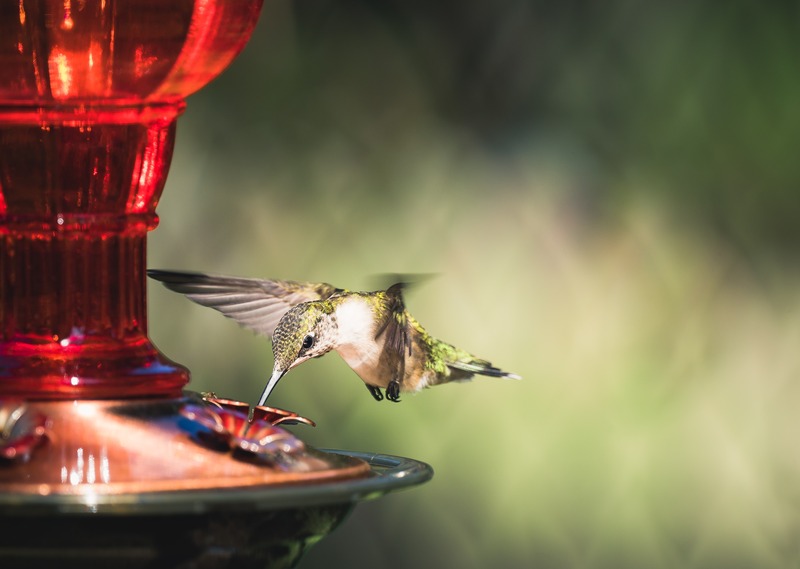
For those snowbirds that spend their winters in sunny Orlando, you can help them keep their strength by offering a free meal, either with a bird feeder or directly from your kitchen window. Offering kitchen scraps like seeds, leftover veggies, or suet (aka animal fat) can help give these feathered friends much-needed nutrition year-round.
5. Say No to Pesticides
No matter how invasive the bugs are, pesticides are never the answer if you want a critter-friendly garden. Not only do they not always target predictable pests—but they can also harm beneficial wildlife like butterflies and bees.
We recommend avoiding pesticides at all costs and opting for natural pest control methods and integrated pest management instead. But, if you absolutely must reach for the pesticides, our advice is to spot-treat and never broadcast chemicals across your entire garden. We know it’s easier said than done but trust us—it will benefit the environment for years to come.
6. Create “Sheltering” Areas
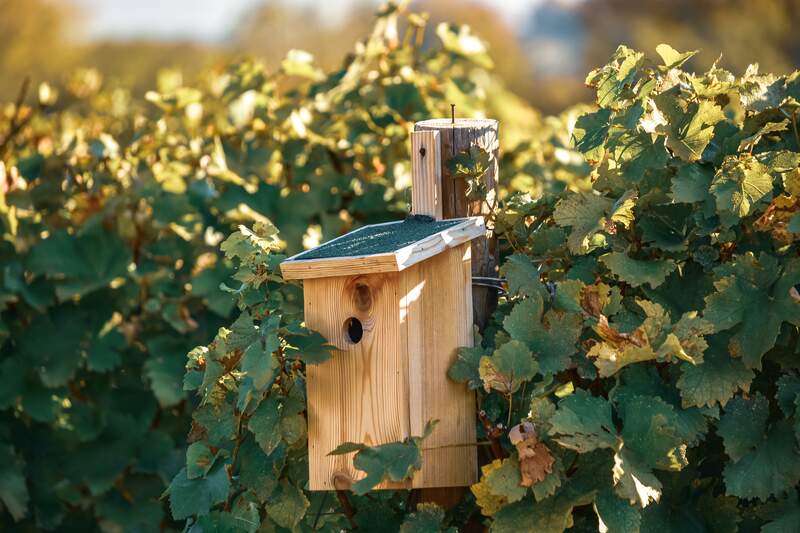
Remember the days when you made forts and hideouts in your backyard as a kid? Well, it’s time to bring those tactics back. Creating shelters of different shapes, sizes, and heights can provide homes for wildlife in your own backyard.
Evergreen trees and shrubs can act as shelter in the winter, and structures like birdhouses and beehouses are helpful to our favorite flying friends.
7. Don’t Monoculture Your Garden

Focused areas of vegetation always look great, but when it comes to helping wildlife, the best route is biodiversity. By avoiding a monoculture yard – that is, one dominated by only one type of plant species— you’re more likely to attract and keep different kinds of wildlife.
So, check your vegetation! Are there enough plants that birds want to nest in Can critters forage for food and scavenge for insects easily in your garden? Do you have plenty of colorful native flowers for pollinators such as butterflies and bees?
It may seem overwhelming to select a wide variety of new plants for your garden, but the payoff is huge – with butterflies and other colorful fliers that dance around your garden each morning.
8. Pets and Wildlife
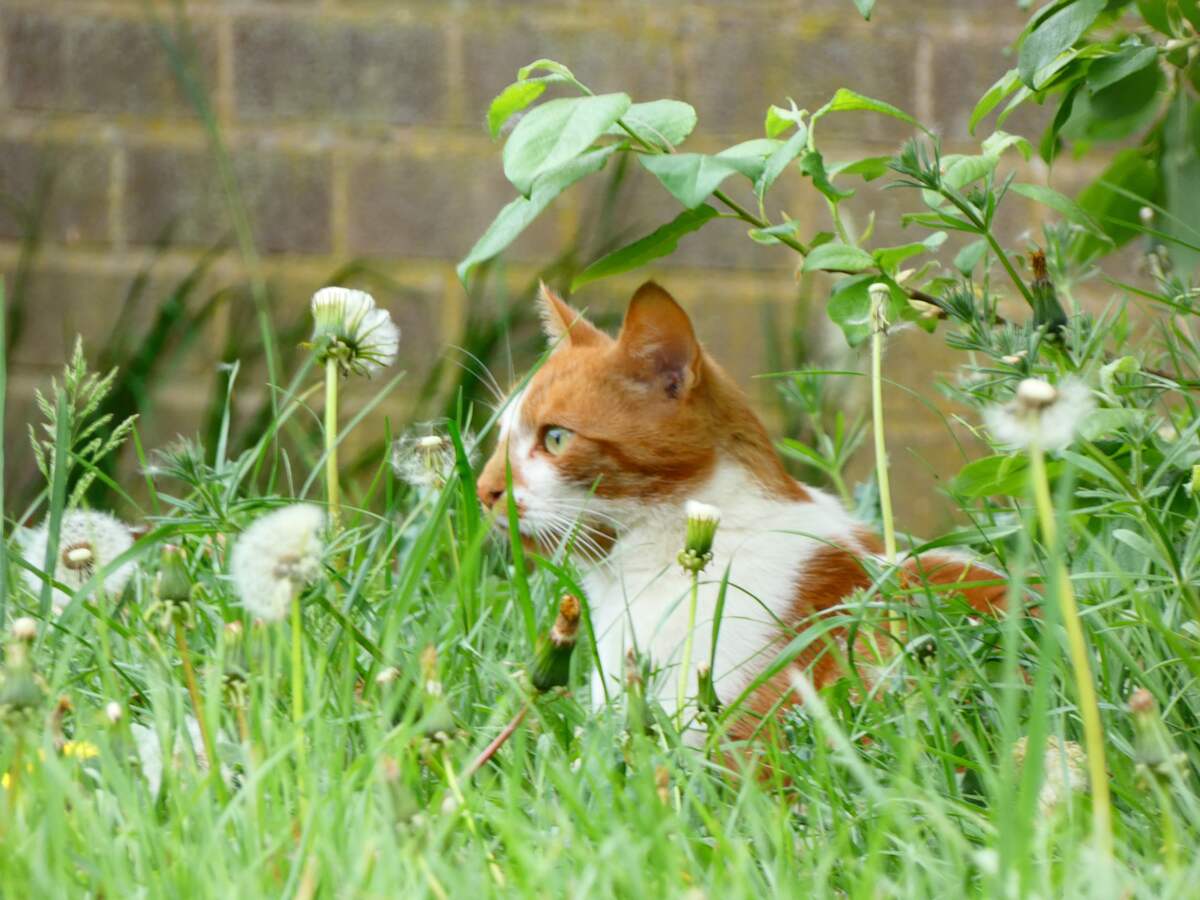
If a furry family member is already part of the picture, can your pets co-exist with wildlife? Yes! Though your curious cat or daring doggo might hunt the occasional rabbit, bird, or squirrel, they typically won’t have a huge impact on wildlife populations, especially if they spend most of their time indoors.
Plus, they can help discourage more dangerous predators, such as coyotes, from coming into your yard and scaring off the smaller critters.
If you’re worried about your fur baby having negative interactions with wildlife (big or small), the best solution is to keep them indoors most of the time. If you have a fenced backyard, keep an eye on your pet during outdoor time. If you don’t have a fence, take your pet outside on a leash to keep them from wandering off and getting into trouble.
9. Snags and Brush Piles
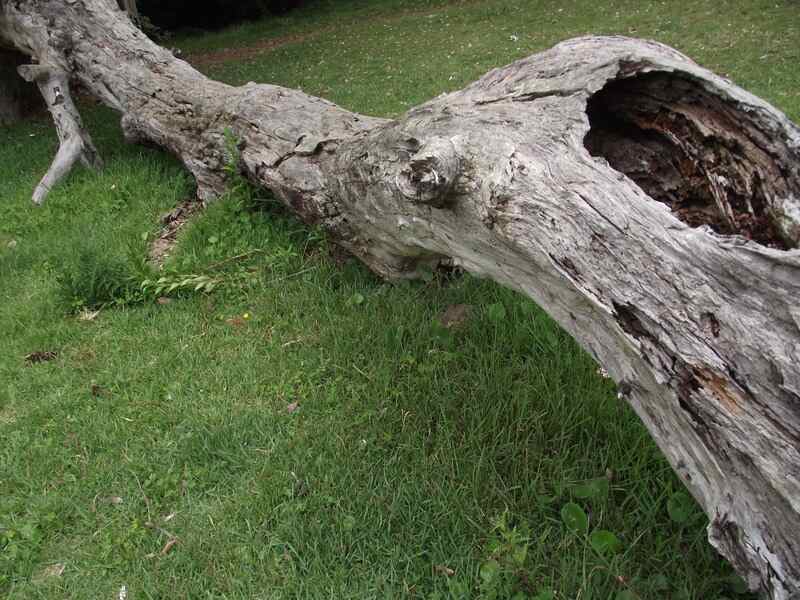
Snags and brush piles are gifts that keep on giving. What are they? Snags are dead trees or logs left in your backyard for birds like red-bellied or pileated woodpeckers to feast on. These can also provide valuable food and shelter for a variety of wildlife.
And brush piles are simply small piles composed of woody debris like sticks, branches, and logs—essentially, bird condos that provide useful shelter.
Homeowners often think they must clear this kind of debris away and consider it unsightly. But believe us, if you leave a few piles intact, nearby birds and other critters will appreciate the effort. No matter how small or messy, brush piles can be a welcome wildlife habitat in your outdoor space.
10. Call in the Professionals
Finally, if you’re struggling on your own, never be afraid to ask a professional landscaper for help. And when you do, be sure to look for a green landscaper that follows sustainable practices and has a good understanding of native plants in the area—because that’s crucial.
For a true Florida-wildlife-friendly landscaping job, a landscaping professional should know how to create space for wildlife and make sure features fit aesthetically into the “bigger picture” of your landscape, as well. Many good gardeners are also conservationists. They understand the environment and how to enhance it while helping you still get the quality space of your dreams.
FAQ About Landscaping for Wildlife in Orlando
Wild animals are attracted to food, shelter, and water. Adding sources of these elements, such as bird feeders, water features, and natural areas of plants and brush, can attract local wildlife.
Yes, but visiting snakes are usually harmless. Florida is home to a variety of species that range from rat snakes (non-poisonous) to Eastern diamondback rattlesnakes (poisonous). For most people, it is best not to approach or touch any snake – leave them alone, and they will usually go on their way.
Native plant species should be used for attracting wildlife, as these are naturally included in local animals’ diets. Drought-tolerant species are also beneficial, as they help conserve energy during dry periods.
The Florida Native Plant Society website is a great resource for identifying native plant species in your area.
Yes. Mulch, also called soil conditioner or compost, is a great addition to your landscaping mix, as it adds nutrients to the soil, improves water retention, and slows down evaporation. Insects like butterflies, ants, and early soil-dwellers will all benefit from this mulch.
Plus, since many native animals won’t venture far away from their comfort zone, it can also provide shelter. When mowing, make sure to leave extra grass or clippings so that small creatures can use them for food and shelter.
The UF/IFAS Extension of the University of Florida runs the Florida Backyard Landscapes for Wildlife program, which helps to landscape properties in an eco-friendly way to benefit native wildlife. Submit a plan of your property to the University, and you will receive tips on how to design it for native species best. You will also get a certificate and front yard sign upon completion of the program.
A Magical Outdoor Paradise in Orlando
Landscaping for wildlife in Orlando doesn’t have to be hard. With a few tweaks and just the right mix of native plants, your Orlando backyard can be teeming with life – from singing birds to fluttering butterflies to buzzing bees. All it takes is a little patience, some effort, and a love for local wildlife. When you create the perfect environment for them, they will come!
Don’t have time to remodel your landscape into a resort for your animal neighbors? Consider hiring a professional landscaper in Orlando who will know which plants and animals thrive in the Central Florida climate. Most importantly, though, get out there and begin gardening. By the end of it, you’ll have a backyard paradise fit for royalty—even Mickey Mouse!
Main Image Credit: Bird, garden / Pxhere

